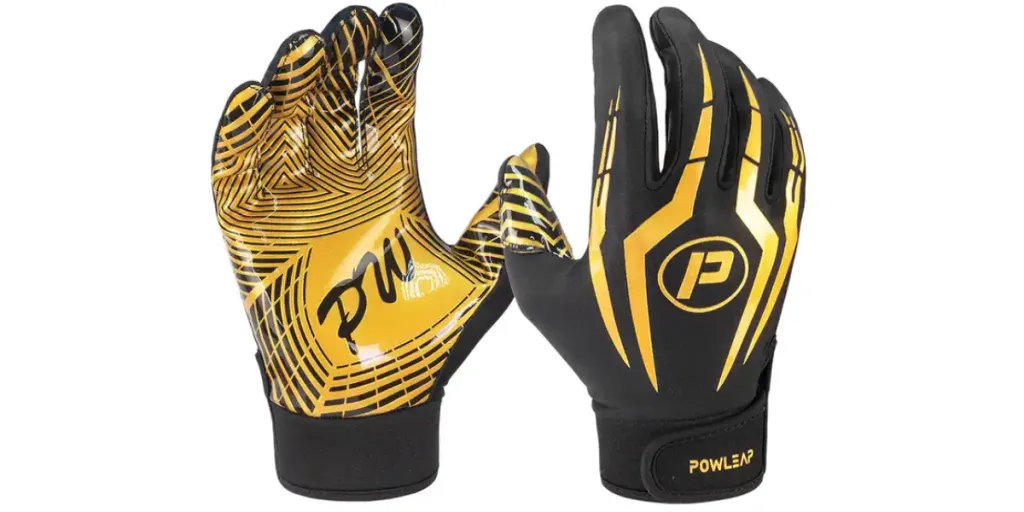Soccer gloves are necessary gear for any goalkeeper who is the last line of defense on the field. These specialized gloves are meant for goalkeepers who want a better grip, good protection and more performance during the match. Beyond just safeguarding one’s hands, soccer gloves provide a strategic advantage by offering improved ball control and grip in various weather conditions.
Read on to discover the market share of soccer gloves and the key types of gloves available today, as well as our ultimate guide to buying soccer gloves in 2024.
Table of Contents
Market share of soccer gloves
Types of soccer gloves
The ultimate guide to buying soccer gloves in 2024
Conclusion
Market share of soccer gloves
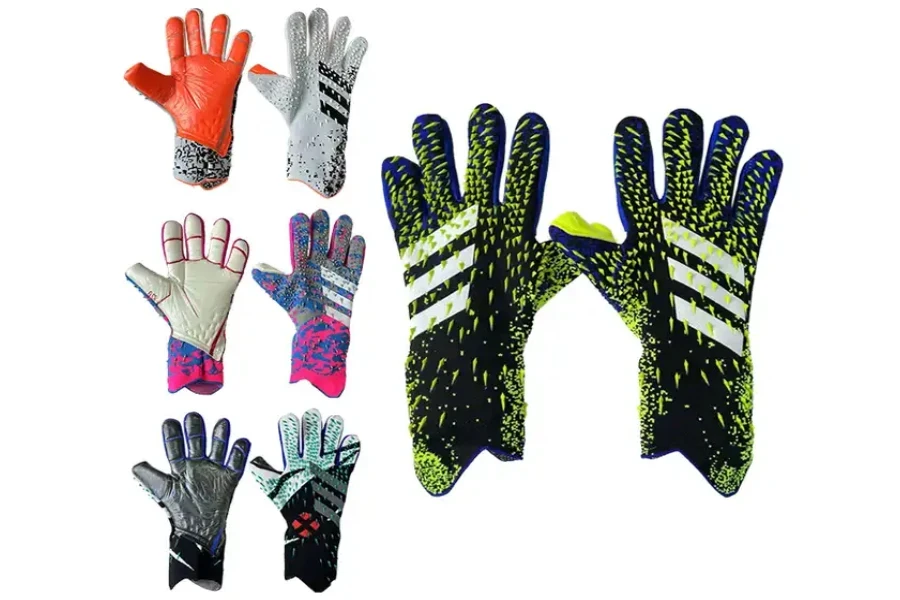
According to Business Research Insights, soccer gloves have seen increased demand over the years. The overall revenue within the global football glove industry was predicted to be around USD 6.1 billion in 2022. The market is projected to grow at a compound annual growth rate (CAGR) of 19.01% and reach a value of USD 36 billion by 2031.
This high demand is fuelled by the ever-growing popularity of football as a world game, increased consciousness on how good quality equipment improves player performance, and advances in technology improving the functionality of soccer gloves.
Regions like Europe, known for its intense football culture, and new markets in Asia and North America where this sport’s popularity is growing rapidly have a high demand for these soccer gloves.
Types of soccer gloves
1. Training gloves
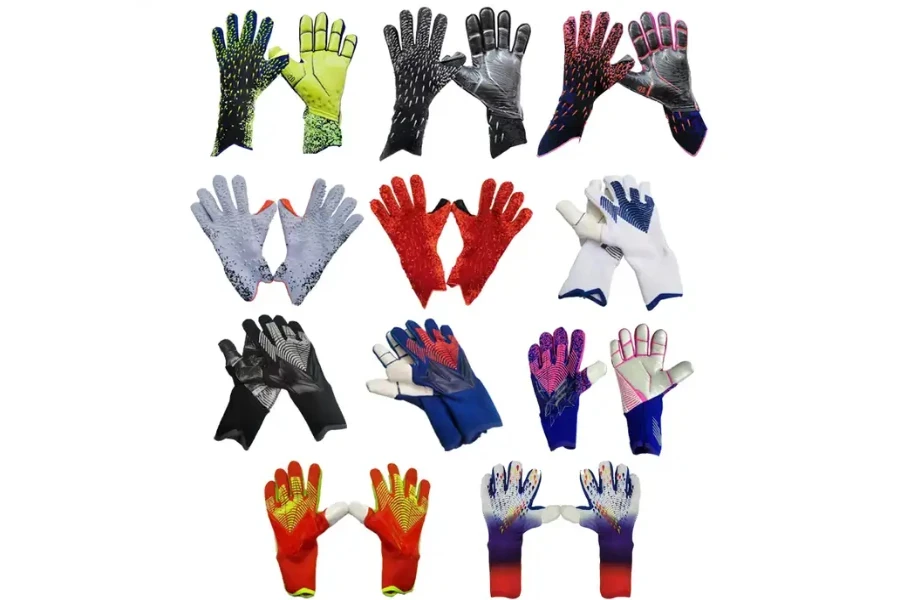
Goalkeepers wear training gloves during their intensive training exercises. These gloves usually offer toughness, making it possible for goalkeepers to wear them repeatedly on different surfaces. Training gloves provide a reliable grip that is neither slippery nor brittle and can withstand various training drill exercises. These gloves are commonly designed in the flat cut form, which gives them a wider catching area.
Their closure mechanisms include velcro straps and elasticized bands, ensuring the training is possible even during dynamic exercises. Usually comprised of latex and synthetic mixes, training gloves are durable yet efficient. Training glove prices range from around USD 20 to USD 80 or more.
2. Match gloves
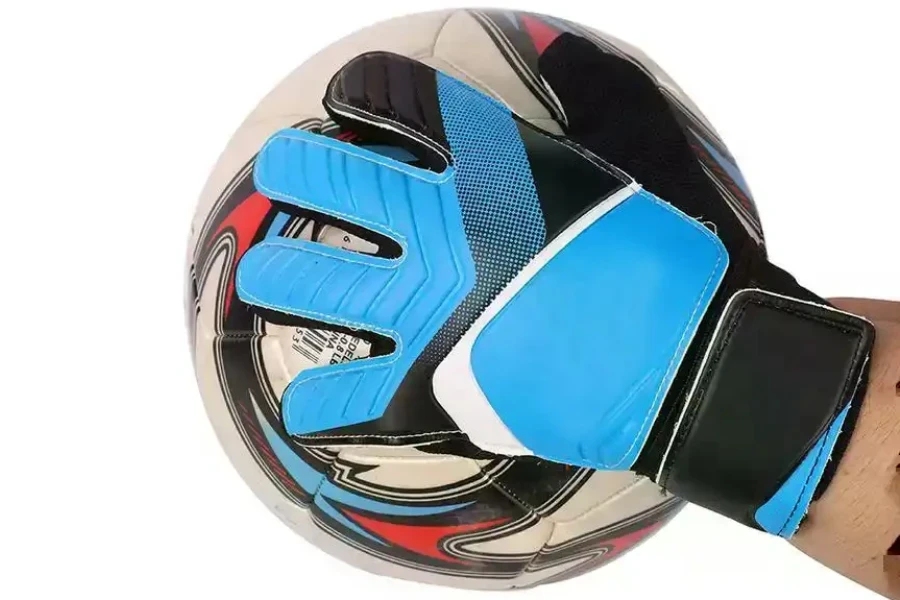
There is no other gear better than match gloves in a football competition. These gloves are known for their superior grip and usually have high-quality palms using latex, which offers better ball control. Match gloves’ precise closure system innovates with a hybrid strap that pairs elasticity and Velcro for a snug fit. Match gloves are generally more expensive than other types due to their specific characteristics. They cost anywhere between USD 50 and USD 150.
3. Weather-specific gloves
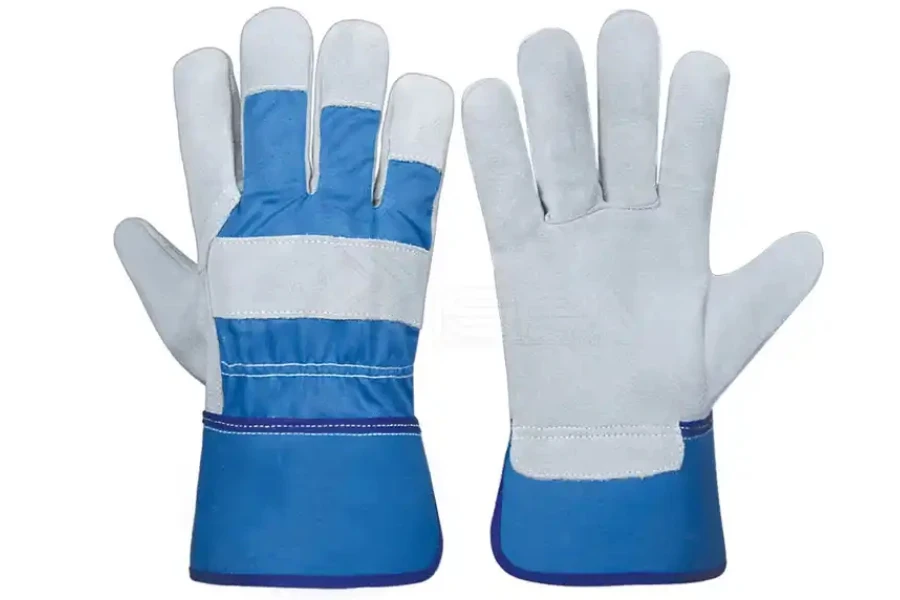
Weather-specific gloves are made for all forms of weather, including rain, snow, and extreme temperatures, ensuring an individual’s performance is optimized. Weather-specific gloves are cut differentially depending on the model, with some using rolled fingers to enhance ball contact. They have a closed mechanism that closes tightly to prevent water and other elements from entering the system.
All-weather latex and thermal insulation are materials that increase the glove’s function under unfavorable situations. Weather-specific gloves normally range from USD 30 to USD 100, where additional features determine the price.
4. Finger protection gloves

Finger protection gloves are designed to lower the chances of hyper-extension of the goalkeeper’s finger. The gloves are designed with spines or inserts in the fingers for more support and balance. While the grip is equally adequate for high-performing models of glove finger protection, it does not affect the ball control. The closure systems of these gloves comprise an elastic band and a wrist extension for snug fits.
Finger protection gloves utilize durable latex and reinforced spines to provide adequate protection and optimal performance. These gloves cost between USD 40 and USD 120.
The ultimate guide to buying soccer gloves in 2024
1. Grip
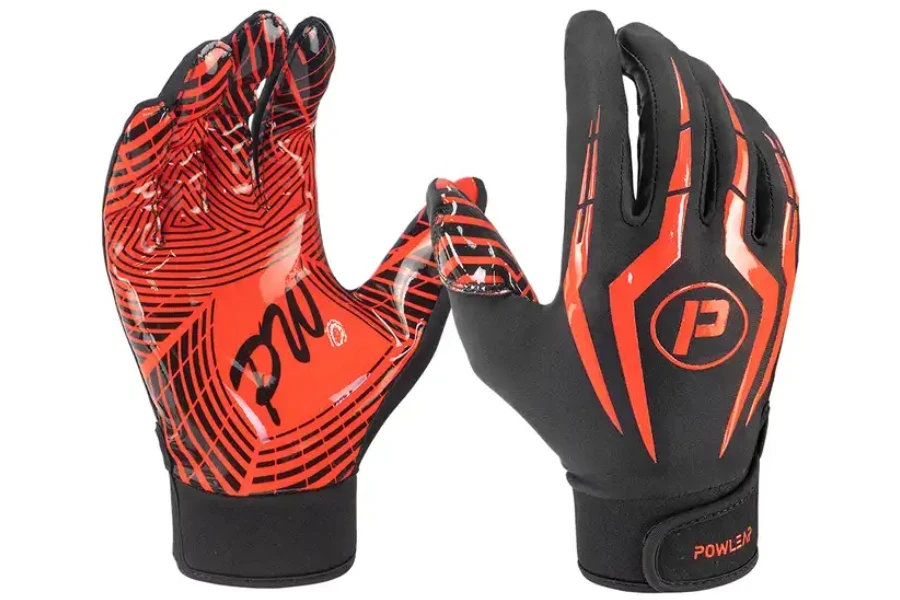
Grip in soccer gloves enables a goalkeeper to take full control of the ball well enough. Latex is used as material for the palms of goalkeeper gloves, and the quality of it greatly influences their grip. Contact or professional grade latex is top quality and has strong gripping ability on the ball. Weather grips are available in various rubber compositions specifically optimized for dry, wet, or all weather conditions. Before choosing soccer gloves, think about the playing scene and matches played then select ones that suit those situations.
2. Cost
Soccer gloves vary in price depending on brand, mode, and attributes. Usually, training gloves used in practice sessions are around USD 20 to USD 80. The soccer gloves are made for competition with the latest technologies and go from USD 50 to USD 150. Weather protection gloves that perform well in difficult circumstances could cost as much as USD 100. Finger safety gloves usually cost from USD 40 to USD 120.
3. Material
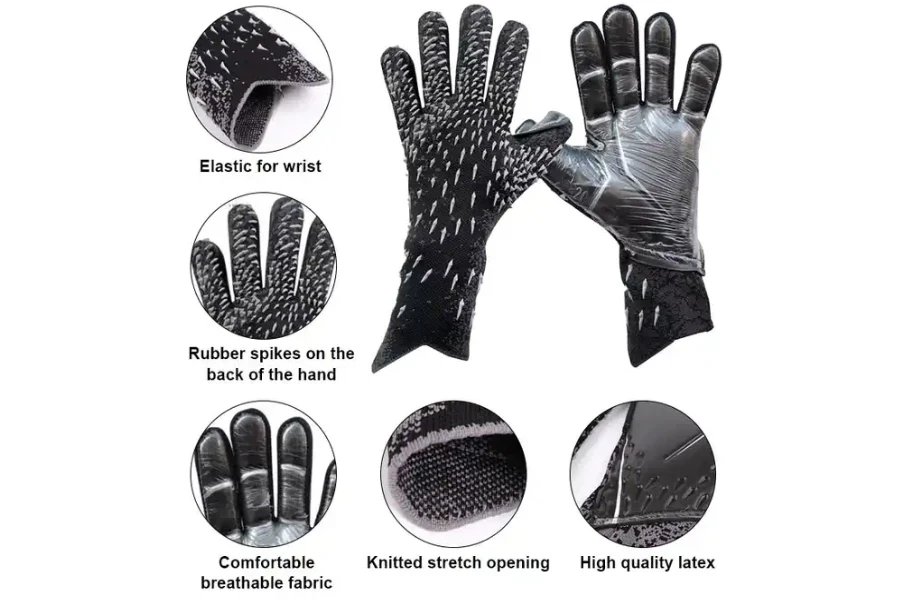
Latex is generally favored due to its unmatched grip qualities hence most soccer gloves comprise this material. Professional grade latex provides the best performance. A typical backhand of some fabricated materials, such as mesh or neoprene, is comfortable and flexible. Look for the kind of latex employed in the palm because it is the main determinant of how firm the grip will be and how long the gloves will last. Some cut and closure systems use synthetic fabrics.
4. Size
Soccer gloves should fit properly because performance or comfort will be poor when they are not the correct size. Wearing a pair of ill-fitting gloves is uncomfortable and prevents goalkeepers from making vital saves by affecting their grip and control. Sizes of soccer gloves differ depending on different brands; therefore, it is advisable to consult the manufacturer’s guidelines. Goalkeepers’ gloves must be relatively snug and loose to give sufficient command of the limbs for controlling the ball within a goalpost.
5. Cut
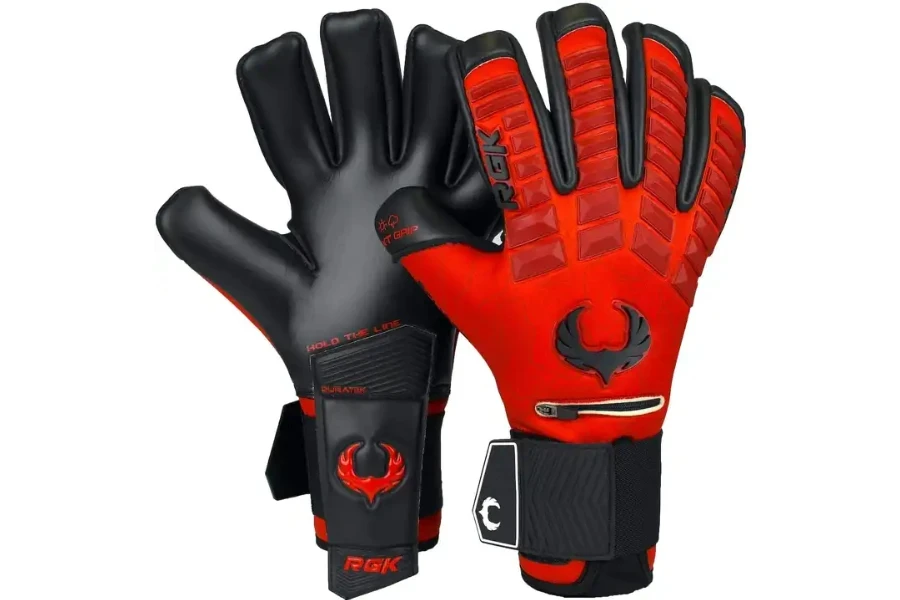
Soccer glove “cut” is about the fit and feel. It plays an important role in personal preferences and playing style. Due to its roomy fitting and large catching area, the flat cut is ideal for starters or players looking for a traditional feeling. A roll finger cut is meant to be tight-fitting and provide more contact with the ball, which is what players who like tight grips look for.
The negative cut is made from soft leather with a sewn interior, ensuring a better fit, better control, and higher responsiveness.
6. Closure
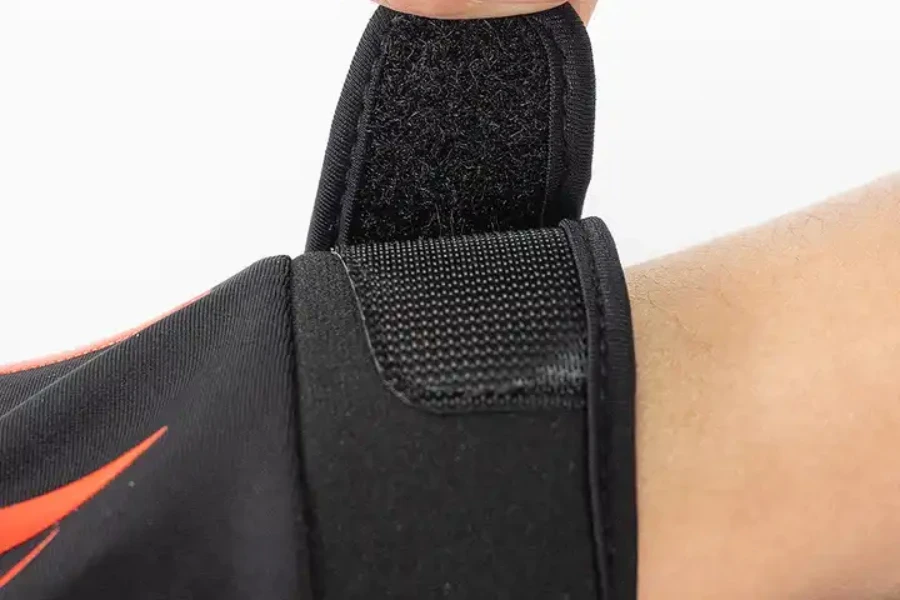
The closure system in a pair of soccer gloves affects its comfort to wear and adjustment feature. Closure mechanisms are common and may be traditional Velcro straps, elastic bands, or a hybrid system that includes both.
Velcro straps fasten soccer gloves so the goalkeeper can easily remove or put on his gloves. Compression elasticized bands ensure that the gloves fit tightly, with little bulk. Hybrid closures offer flexibility, allowing users to choose an approach that offers the best of both worlds, mixing up Velcro or elastics.
Conclusion
Navigating the world of soccer gloves in 2024 entails carefully considering essential elements such as: grip, price, fabric, size, cut, and closure. Whether you are honing capabilities in training, competing in high-stakes matches, dealing with difficult weather conditions, or prioritizing finger safety, knowing these elements guarantees you make a knowledgeable choice. As you embark on this adventure, explore the wide range of football gloves available on Alibaba.com.
